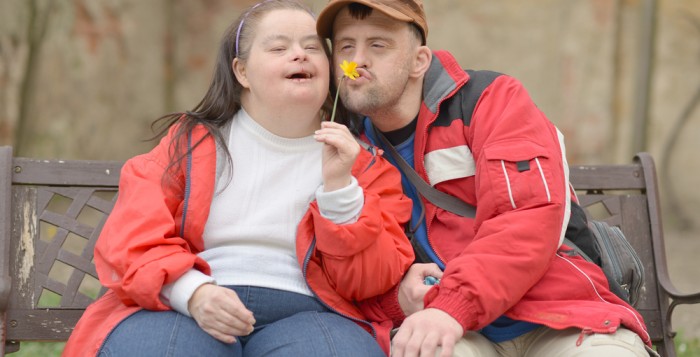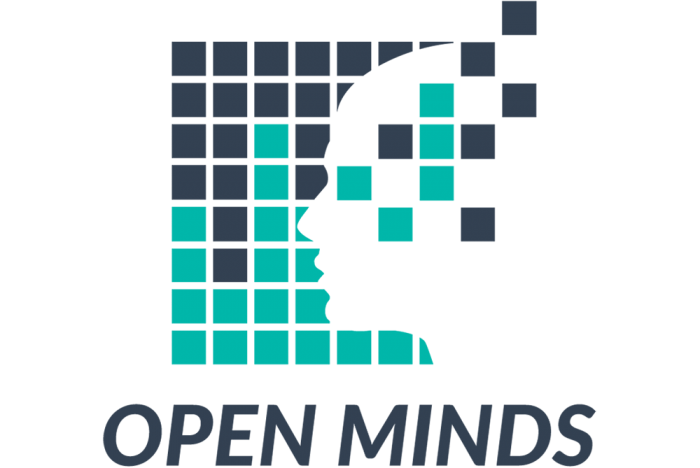For as long as I’ve been active in the recovery community and addiction treatment system, the prevailing mentality around people who couldn’t “get it” – with “it” mostly meaning compliance with a program and an outcome of sustained abstinence – was that they just weren’t ready, or they just didn’t have enough willingness to do the things that are necessary to stop using drugs and begin to recover. That attitude is much more pronounced in certain recovery communities, much more nuanced in the treatment environment, but it’s an accepted way of thinking in both. It’s a kind of thinking that blames the individual for failing, as opposed to the system failing the individual.
But what if a large subset of individuals with substance use disorder (SUD) really can’t get it, with “it” not only being abstinence or reduced use, but, more consequentially, the cognitive demands of treatment – alertness, attention, cognitive processing, memory, and executive functioning? What if these individuals are neurologically incapable – even if only temporarily – of engaging in treatment for their SUD the way the treatment system expects them to, because they have either an acquired or traumatic brain injury from or driving their SUD?
Such a recognition by the broad treatment system, the subsequent implications for improved individualized treatment and, most importantly, actual modifications to SUD treatment could be huge.
Earlier this month, I had the opportunity to participate in what for me was an eye-opening summit convened by the Pennsylvania Department of Health and the Brain Injury Association of Pennsylvania. It focused in part on recognizing the significance and prevalence of brain injury among those with SUD, especially opioid use disorder (OUD), and identifying ways to better treat this population. Much of what was shared and stimulated my thinking on this came courtesy of the Addiction Technology Transfer Center’s “Traumatic Brain Injury and Substance Use Disorders: Making the Connections” toolkit.
Most of the discussion focused on acquired brain injury (ABI). Internal factors, including lack of oxygen to the brain due to an opioid overdose, result in ABI. Traumatic brain injury (TBI), on the other hand, results from an external force, such as a blow to the head, including those that result from physical abuse. Both ABI and TBI have significant implications for those in SUD treatment. Often subtle yet significant changes in memory, attention, and social behavior, for example, make it difficult to participate in treatment, and many leave without completing. With historic numbers of overdoses over the past 10 years, the connection between SUD and brain injury, especially ABI, has not gotten the commensurate discussion it needs.
Since 2015, Pennsylvania advocates have rightly made the widespread distribution of naloxone a top priority. In fact, that is the year I began working for the Pennsylvania Department of Drug and Alcohol Programs, and getting naloxone into the hands of first responders, especially police, was our top priority. The mantra then, as it is now, was we can’t treat someone who is dead. From there, the natural progression from administration of naloxone was to warmly handing off that person to treatment or recovery support. One of the biggest challenges, and therefore areas of focus, with the warm hand-off process has been finding more effective ways to intervene at that critical moment to prevent the individual from simply walking away from a near-death experience and continuing on as if it hadn’t happened.
What has received little attention over those 10 years is the fact that for many, regardless of whether they agreed to treatment or walked away, life would never continue as if the overdose hadn’t happened, because many who overdose experience permanent brain damage.
It takes only four to six minutes of a lack of oxygen to the brain to cause permanent brain damage, which can forever affect a person’s ability to understand, retain and recall information, express themselves, think critically, or solve problems. Those who sustain a brain injury are at risk for future overdoses.
In North America, approximately 23 percent of all intravenous drug users will experience a non-fatal opioid overdose per year. Further, there are estimated to be as many as 40 non-fatal overdose events for every fatal overdose among people who inject drugs.
Sadly, I can’t tell you how many people I’ve met who have been reversed multiple times. In fact, research shows that people who have had at least one opioid overdose are more likely to have another, which can compound any impairment or injury.
But it’s not only those who have overdosed who may have a cognitive impairment. Amount and duration of substance use can also result in neurologic and cognitive effects, meaning many people – perhaps the majority – who enter the treatment system have some level of difficulty with cognitive and behavioral function. Research suggests 80 percent of those seeking services for co-occurring mental health and SUD are living with the effects of brain injury.
Yet we as a treatment system often expect these same patients to sit quiet and still in hours-long group therapy sessions, pay attention, and not be disruptive. We expect them to be on time for group. We expect them not to miss their individual sessions. We expect them to follow through and comprehend. Those who don’t are often labeled as not ready for treatment. They haven’t reached their bottom yet.
Of course, there must be some measure of accountability on the patient’s part. But to set expectations for those with a brain injury in the same way we would for someone who does not have one is setting them up for failure.
To be fair, without assessing a person for a brain injury, clinicians may not even realize there is an issue. Without understanding the serious implications of brain injury on a person’s ability to engage in therapy, there may be no perceived need to change the way treatment is being provided. Instead, the lack of knowledge and understanding leads to incorrect assumptions about the patient as the reason the treatment isn’t working, not the reverse.
By beginning to effectively and comprehensively screen for brain injury; training clinicians, peers, regulators, and payers on the prevalence and implications of brain injury; and modifying the way treatment and recovery supports are provided for these individuals, the SUD treatment system can significantly improve treatment outcomes.
It will take collaboration with regulators, especially to remove regulatory barriers, as well as collaboration with payers to consider potential alternative payment models, to accommodate the therapeutic needs of those with a brain injury.
Quality individualized treatment should be more than rote alignment with ASAM criteria. It should effectively recognize neurologic limitations – both those acquired as a result of overdose and those caused by trauma – and appropriately modify treatment for those with such limitations. Otherwise, the behavioral health system will continue to misread and mislabel what arguably is a majority of its patients.




























